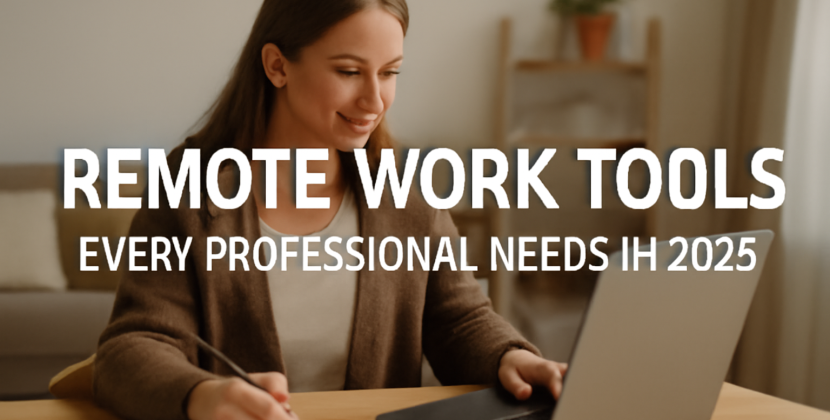
Education has come a long way since the days of chalkboards and textbooks. With the advent of technology, online learning has become a powerful force in education across the United States. But where did it all begin, and how did we get from e-learning to EdTech? In this blog post, we’ll explore the evolution of online education in America – from its humble beginnings to its current form as an essential part of modern-day learning. Join us on this journey through time as we chart the rise of EdTech and discover what lies ahead for online education in the US.
The Changing Landscape of Online Education
The online education landscape in the United States has undergone a rapid transformation in recent years, with traditional brick-and-mortar institutions beginning to adopt digital delivery models. This change is due, in part, to the decreasing cost of technology and the increasing availability of online education resources.
Some believe that online education is better suited for students who have difficulty attending class in person. Traditional brick-and-mortar universities have been slow to adopt online learning for this population, but there are now several notable exceptions. For example, the University of California at Berkeley offers a course entitled “Web Development for Nonprofits” entirely online.
There are also many reputable online colleges and universities that cater to students who want to take classes on their own schedule. These institutions often offer more flexible scheduling options than traditional universities do, making it possible for students to fit classes around their other commitments.
While traditional brick-and-mortar universities still account for the majority of all higher education degrees earned in the United States, digital delivery models are becoming increasingly popular. This shift is likely to continue as technology continues to improve and costs decrease.
The Rise of E-Learning
The rise of e-learning has revolutionized the way many people learn, often making it easier and more affordable for them to get the education they need. With so many different options available, it can be tough to know where to start when looking into e-learning options.
Choosing an e-learning platform is a crucial first step. There are a variety of different platforms to choose from, all with their own strengths and weaknesses. Some popular options include Blackboard Learn, Coursera, and Udacity. Once you have chosen a platform, the next step is to decide what type of course you would like to take. There are a wide variety of courses available on various e-learning platforms, including certificate programs, online degrees, and MOOCs (massive open online courses).
Once you have decided on the course and platform you want to use, the next step is to prepare yourself for class. This includes gathering any materials needed such as textbooks or flashcards, downloading software if needed, and creating an account on the platform of your choice. You will also need to create a study schedule and stick to it! Failure to do so can lead to disastrous results in your e-learning course.
E-learning has revolutionized the way many people learn and has become an increasingly popular option for obtaining education in the United States. Whether you’re looking for certificates or degrees online, there are plenty of options available that will fit your needs
The Development of EdTech
The development of edtech in the United States has seen a staggering increase in popularity over the past few years, as more and more people turn to online education as their primary means of learning. This trend is likely due to a number of factors, including the increasing cost of traditional education and the ever-growing demand for quality, affordable alternatives.
One of the earliest forms of edtech was eLearning, which first became popular in the late 1990s and early 2000s. EdTech companies such as Lernout & Hauspie and Pearson began creating digital courses that could be delivered online or through kiosks in schools. These early versions were crude by modern standards, but they served as a precursor to what we see today.
As eLearning continued to grow in popularity, so did the need for better quality tools. This led to the development of software like Blackboard and Office 365 Education, which allowed educators to create course materials and manage student data more easily than ever before. These tools revolutionized how instructors taught, making it easier than ever for them to share content and track student progress.
More recently, edtech has begun to focus on emerging technologies like augmented reality (AR) and virtual reality (VR). AR allows users to view real-world objects through special glasses or apps, while VR creates an immersive environment where users can explore different scenarios or environments. Both technologies have enormous potential for educational applications, and many experts believe that they will become even more important in
How Online Education is Beneficial for Students and Employers
Traditional education has been around for centuries, with many students attending brick and mortar schools. However, the advent of online education has revolutionized the way that students learn. Today, online education is a popular choice for students and employers alike.
Benefits of Online Education
There are many benefits to using online education. For students, online learning is often more convenient than attending a brick and mortar school. This is because many online courses are available at any time of the day or night, without having to leave home or work. Additionally, online classes can be taken from anywhere in the world. This makes them particularly beneficial for students who want to study outside of their home country.
For employers, online learning offers several advantages over traditional education methods. First, it is often more cost-effective to offer an online course than a physical one. Second, due to the convenience factor mentioned earlier, businesses can reach a much wider audience with their online courses than they would with traditional classroom instruction. Finally, many job skills can be learned through online courses – making them a valuable option for employees who want to upskill themselves or update their knowledge base..
The Future of Online Education in the United States
The future of online education in the United States is looking bright. With more students enrolling in online courses, more colleges and universities adopting edtech programs, and the rise of massive open online courses (MOOCs), there is no doubt that online education is becoming increasingly popular. In this article, we will take a look at some of the key reasons why online education is growing in popularity and discuss some of the potential trends that could shape its future.
First and foremost, there are obvious financial benefits to attending an online course: students often pay less for tuition than they would for tuition at a traditional college or university, and they can use credits earned in an online course to further their education at a traditional institution. Additionally, many employers now require their employees to have a minimum amount of formal education beyond high school, so having relevant coursework from an online institution can make you substantially more employable.
However, there are also significant advantages to studying online that go beyond just finances and job prospects. For example, many students find it easier to focus when studying independently rather than in a group setting, which can be especially beneficial if you have difficulty paying attention in class. Furthermore, many people feel that they get better grades when they learn through interactive methods such as videos instead of reading lengthy texts; this is especially true for students who struggle with reading comprehension or who find textbooks boring.
As you can see, while the appeal of online education has certainly not diminished over time –









